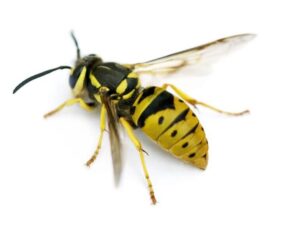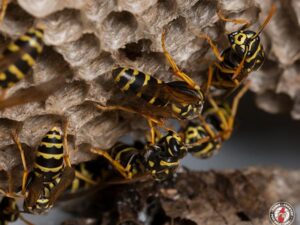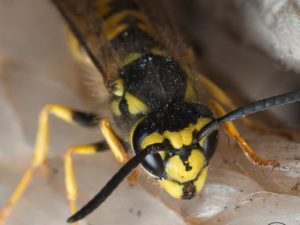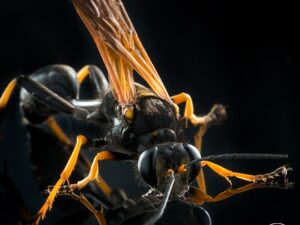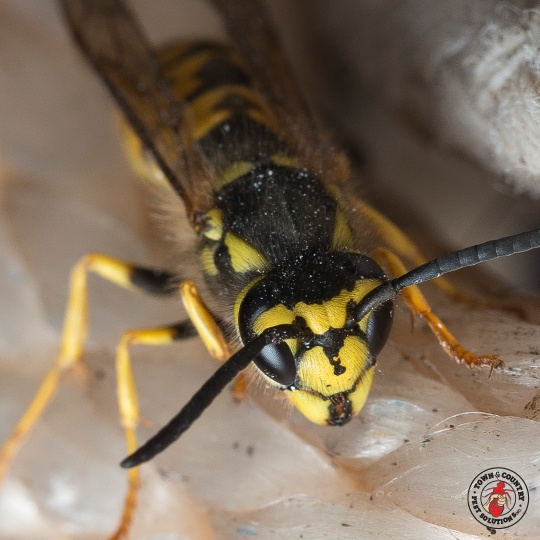
Wasps are an essential part of the ecosystem, but they can also be a nuisance and a danger to humans. With over 30,000 species of wasps worldwide, it can be difficult to identify and understand the different types. In Rochester, NY, several species of wasps can be found, each with its unique characteristics and behaviors. In this article, we’ll explore the most common wasp species found in Rochester, NY, and provide tips on how to identify and deal with them.
The Importance of Wasps in the Ecosystem
Wasps are essential to the ecosystem because they act as natural pest control. They feed on other insects, such as caterpillars, flies, and spiders, that can damage crops and gardens. Wasps also help pollinate plants, which is vital for the growth and reproduction of many species.
Common Wasp Species in Rochester, NY
Several wasp species are common in Rochester, NY, including paper wasps, yellow jackets, and bald-faced hornets.
Paper Wasps
Paper wasps are long and slender, with a narrow waist and a long pair of wings. They are usually brown, black, or reddish-brown with yellow or orange markings. Paper wasps build their nests in sheltered areas, such as eaves, awnings, and door frames. They are generally not aggressive, but they will defend their nests if threatened.
Yellow Jackets
Yellow jackets are small, aggressive wasps with yellow and black stripes. They are commonly found in parks, picnic areas, and around garbage cans. Yellow jackets build their nests in the ground, inside walls, and in trees. They can be extremely aggressive if their nests are disturbed, and they can sting multiple times.
Bald-Faced Hornets
Bald-faced hornets are black with white markings and have a similar body shape to yellow jackets. They build large, gray, paper-like nests in trees, bushes, and on buildings. Bald-faced hornets are very aggressive and will sting repeatedly if disturbed.
Identifying Wasps
Identifying wasps can be tricky, but there are several physical characteristics and behaviors that can help.
Physical Characteristics
The physical characteristics of wasps vary between species, but some common features include:
- Long, slender bodies with narrow waists
- Two pairs of wings
- Pointed mouthparts for feeding on insects and nectar
- Brightly colored markings, such as yellow and black or orange and black
Behavior
Wasp behavior can also help identify the species. For example:
- Paper wasps are generally non-aggressive and will only sting if threatened.
- Yellow jackets are aggressive and will sting repeatedly if their nests are disturbed.
- Bald-faced hornets are very aggressive and will sting repeatedly if disturbed.
Preventing and Dealing with Wasp Infestations
Preventing and dealing with wasp infestations can be challenging, but there are several tips and methods that can help.
Prevention Tips
To prevent wasp infestations:
- Keep food and garbage sealed and stored properly
- Seal cracks and holes in walls, doors, and windows
- Keep doors and windows closed,
- Avoid wearing brightly colored clothing and strong perfumes outside
- Keep outdoor areas clean and free of debris
- Trim trees and bushes regularly
DIY Wasp Removal
If you discover a small wasp nest on your property, you may be able to remove it yourself. To do so:
- Wear protective clothing, including long sleeves, pants, and gloves.
- Wait until dusk, when the wasps are less active.
- Spray the nest with a commercial wasp spray from a safe distance.
- Wait a few days to ensure that all the wasps are dead before removing the nest.
Professional Wasp Removal
If you have a large wasp infestation or are allergic to wasp stings, it’s best to hire a professional pest control service. They have the equipment and experience necessary to safely remove the nests and prevent future infestations.
In conclusion, understanding the different types of wasps in Rochester, NY, can help you identify and deal with them appropriately. Remember to take precautions to prevent wasp infestations, and if you do discover a nest, consider hiring a professional pest control service for safe removal.
FAQs
- Are all wasps dangerous?
- No, not all wasps are dangerous. Many species are non-aggressive and play an important role in the ecosystem.
- What should I do if I get stung by a wasp?
- Wash the affected area with soap and water and apply ice to reduce swelling. If you experience symptoms such as difficulty breathing or swelling of the face or throat, seek medical attention immediately.
- Can wasp nests be relocated?
- In some cases, wasp nests can be relocated. Contact a professional pest control service for advice.
- How can I tell if I have a wasp infestation?
- Look for signs such as a large number of wasps around your property or a visible nest. If you suspect an infestation, contact a professional pest control service for an inspection.
- How can I prevent wasps from building nests on my property?
- Keep outdoor areas clean and free of debris, seal cracks and holes in walls and windows, and trim trees and bushes regularly.

